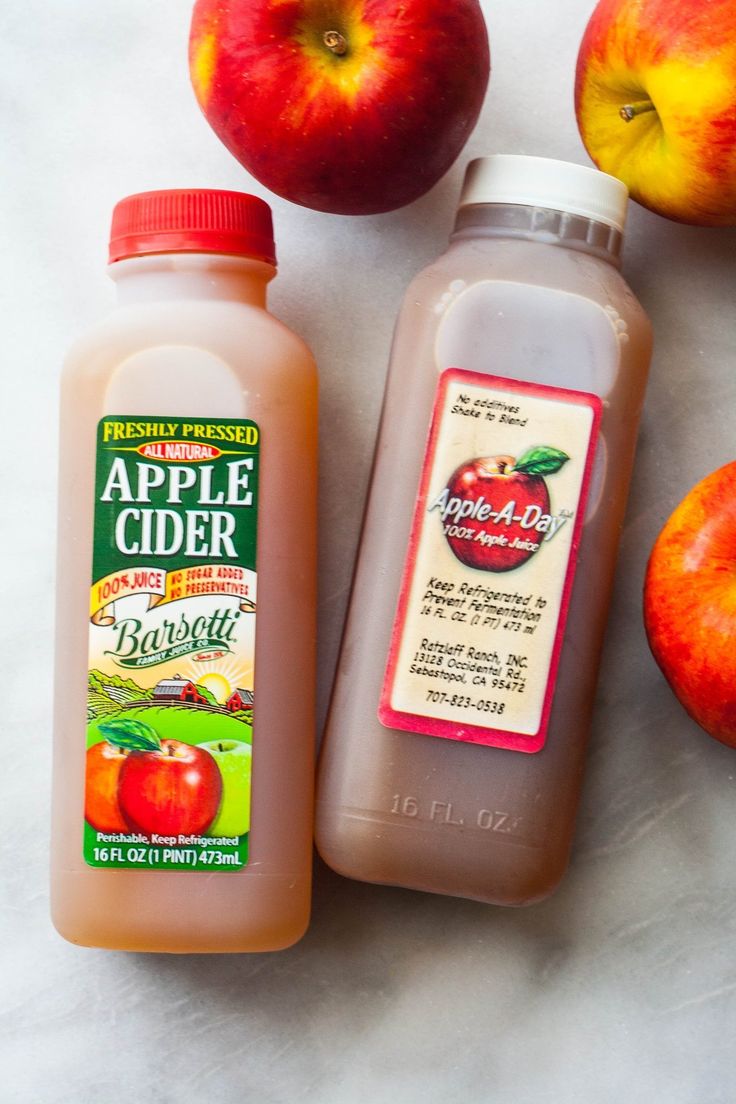

The US Apple Association, a nonprofit trade organization that represents growers nationwide, indicates that apple juice can be made from concentrate, which is why you might see water as the first ingredient on the label. We continue to offer the cider label since some consumers simply prefer the traditional name for apple juice." One company, Martinelli’s, states in its company FAQ that their two drinks are the same in every way except the label: "Both are 100 percent pure juice from U.S. The cider may be pasteurized, or the cider and juice may actually be more or less identical. Each state allows for a slight variation in what companies are allowed to call apple cider versus apple juice. It’s also often lighter in color, since the remaining sediment of cider can give it a cloudy appearance.īut that’s just the Massachusetts standard. It’s typically sweeter, possibly with added sugar, and may lack the stronger flavor of its relatively unprocessed counterpart.


That’s the cider that ends up on store shelves.Īpple juice, on the other hand, takes things a step further-removing solids and pasteurizing the liquid to lengthen its shelf life. A machine squeezes the layers and strains out the juice into cold tanks. To make cider, the apples are ground into an applesauce-like consistency, then wrapped in cloth. But apple cider is raw, unfiltered juice-the pulp and sediment are intact. But what’s the difference between apple juice and apple cider?Īccording to the state of Massachusetts, home to a variety of apple-picking destinations, both apple juice and apple cider are fruit beverages. Crisp and fresh, they practically beg to be crushed and pulped into liquid. In a time before pumpkin spice went overboard with its marketing, people associated fall with fresh apples.


 0 kommentar(er)
0 kommentar(er)
